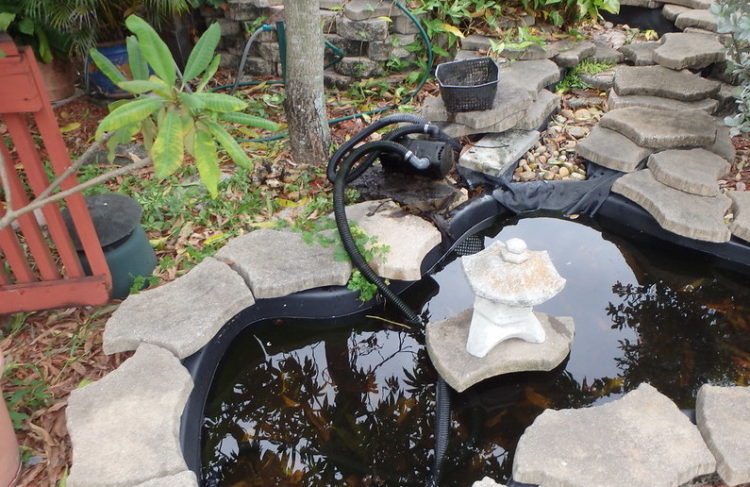Modern backyard pond pumps are durable and energy-efficient pieces of equipment. But like any mechanical device, they can malfunction and break down. The good news is that most problems with backyard pond pumps are easy to diagnose and fix. Read on to learn troubleshooting tips for when your backyard pond pump in Dunedin, FL, stops working as it should.
Examine the Water Flow
This is the most common problem homeowners face with their backyard pond pumps. Your pond pump won’t push water through if it can’t access it. Check if there’s any debris preventing water from getting through the pump’s intake. If your pond has a low water level, it won’t allow the pump to receive enough water through the skimmer box.
Ensure There’s No Vapor Lock
When your backyard pond pump has an air bubble trapped in the volute — the primary internal space within the pump — it’ll cause what’s known as a vapor lock. The impeller will continue spinning, but it won’t move water because of the air bubble. To resolve this problem, tilt the pump underwater so the intake sits upward and lets the air bubble escape.
Check the Pump’s Power Supply
Inspect the pump’s ground fault and circuit breaker to ensure neither has tripped. To troubleshoot further, plug a different device into the same outlet your pond pump uses to verify it’s receiving electricity.
Jumpstart Your Backyard Pond Pump
If your pump’s impeller isn’t spinning, jumpstart it. This will help fix your pump problem. Unplug your backyard pond pump and gently bump the impeller with a screwdriver. If the pump’s impeller has seized up, doing this should knock it loose and help it spin freely again. Plug it back in, and if the impeller is spinning again, unplug and re-install it.
Is your backyard pond pump still not working? Perhaps it’s time to invest in a new one. Visit Tampa Bay Ponds & Rocks for a wide selection of the best backyard pond supplies in the area.
Image provided by flickr


